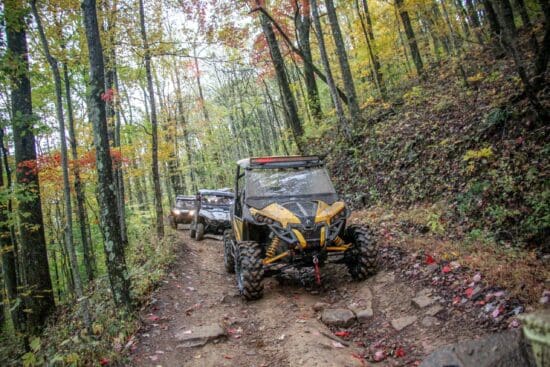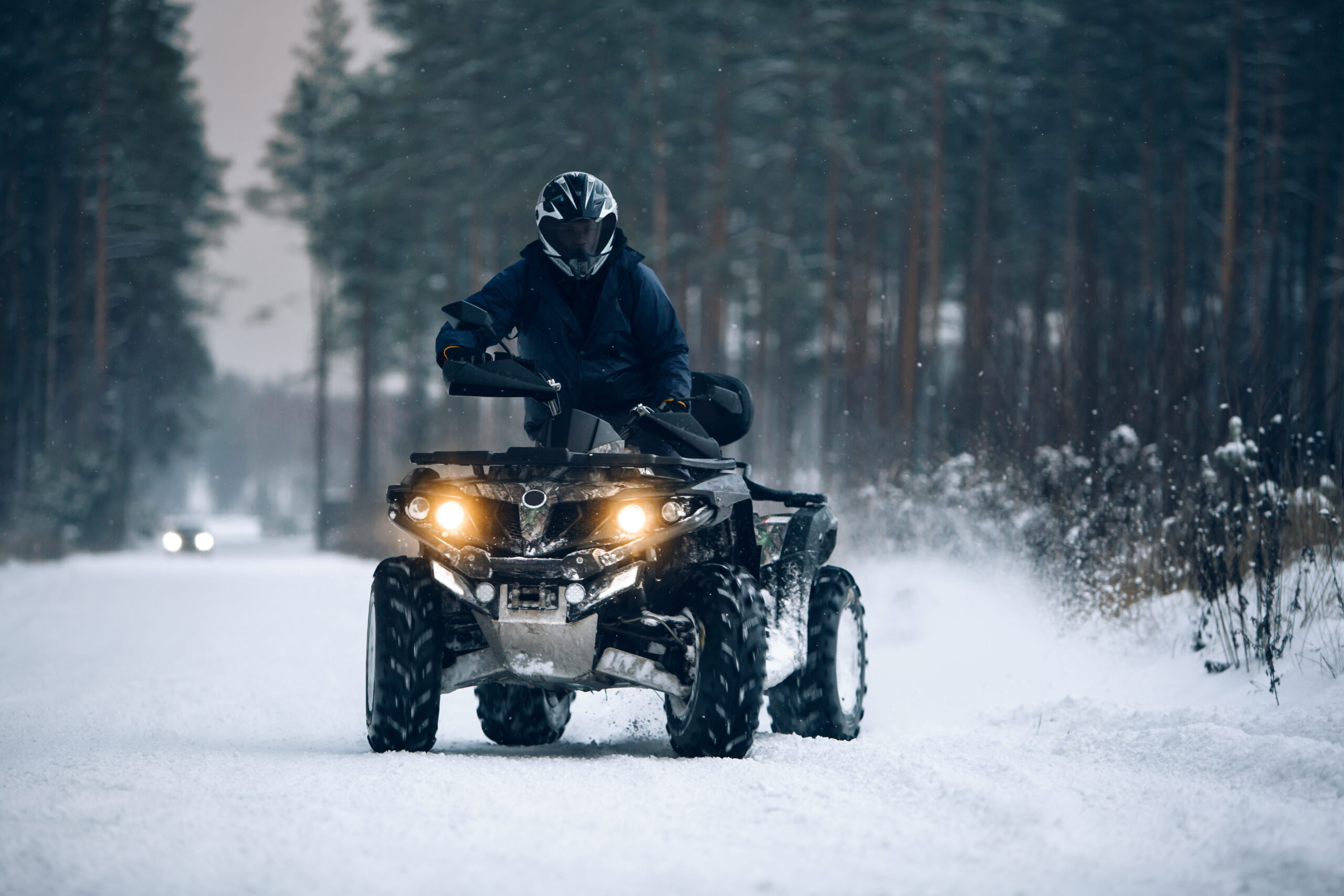SAFETY
Think Safe. Ride Safe. Be Safe.
HELMETS & PROTECTIVE GEAR
• Canadian Standards Association D230 “Safety Helmets for Motorcycle Riders”
• Snell Memorial Foundation “Standard for Protective Headgear”
• The United States of America “Federal Motor Vehicle Safety Standard 218” and bear the symbol DOT
• American National Standard “Specifications for Protective Headgear for Vehicle User” Z90.1 (ANSI).

SXS & ATV
• Insurance is required on all pilot roads.
• Must carry a valid plate and registration.
• Must meet all safety and ORV (Off-Road Vehicle) specifications.
• Must conform to Prince Edward Island Highway Traffic Act definitions.
• Must meet acceptable noise levels.

Rules for riders
• Must stay on designated rails
• Must not trespass on private property or otherwise disrupt private landowners.
• Must avoid sensitive and restricted areas at all times, especially wetlands & shores.
• Must cross only at designated crossings or bridges when available.
• Must yield the right-of-way to other trail users when approaching: pedestrians (walkers or joggers) have priority right of way always – slow to a crawl when approaching walkers or cyclists and pass with extreme caution – stop, pull over and shut your machine off when a horse and rider are approaching(do not pass or overtake a horse and rider).
• Must pack out all your waste material.
• Must know applicable local and provincial laws.
• Must follow all warnings and stop signs.
• Must obey trail officials and By-law Enforcement.
• Must carry valid PEI ATV Federation trail permit
• Must wear a helmet whenever in motion.
• Must safely operate ATV.
• Must refrain from excessive noise.
